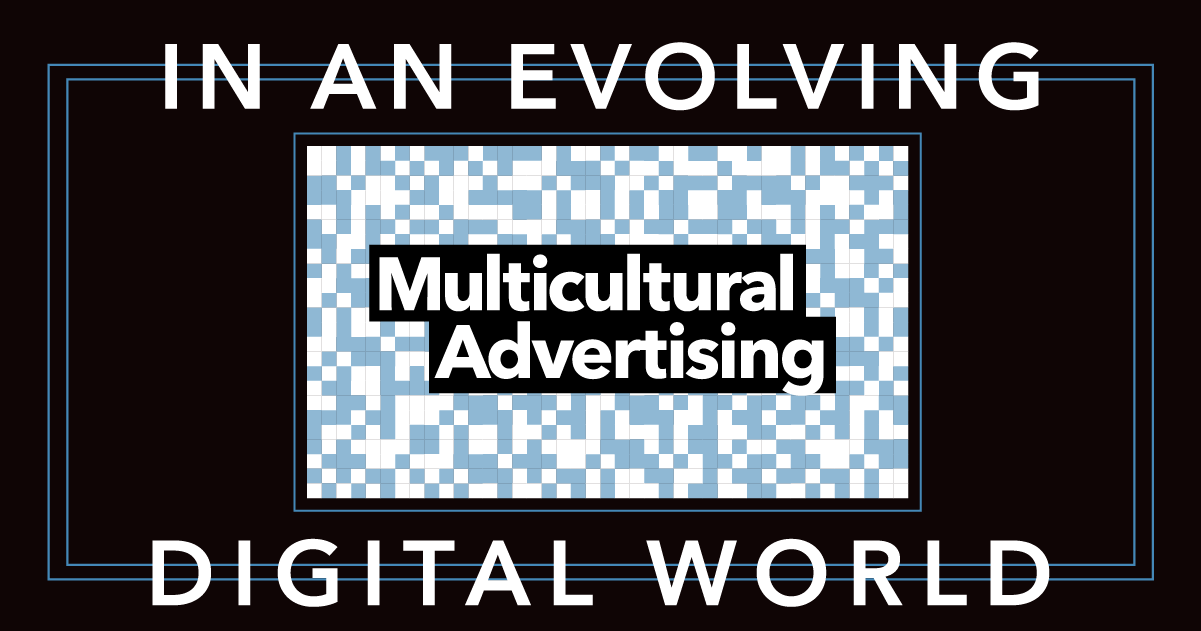
28. Female. Millennial.
These 3 attributes are the core of my “demographic” profile. When traditional media ruled the world, these things could narrow down what daypart, program, or station to buy. Now that we have access to unlimited data, focusing on ONLY demographic information can be presumptive and stereotypical.
The digital age has forced advertisers to look more deeply at the attributes of their audience segments. As media consumption becomes more fragmented than ever how can we still connect with our customers in a meaningful way?
The answer is culture. Advertisers are moving away from traditional demographic behavior and building more robust audience segments based on cultural data and considerations. While traditional demographics like age, gender, and race will always be the cornerstone of audience segments, it is doing a disservice to your campaigns not to layer additional information into that profile.
What do we mean when we say “cross-cultural advertising?” The first step is to layer in deeper attributes including (but not limited to): favorite sports team, music interests, consumer likes/dislikes, internet behaviors. Many advertisers are using negative and positive attributes to drill down into their audience segments, but the major difference between that and cultural targeting is understanding why the context of those behaviors.
As I see it, there are a thousand different ways to tackle this but first, let’s talk about WHY you should. Consumers are smarter than ever. Consumers are also more stimulated than ever. That means your brand has to speak to them on a deeper level and connect with them about something they care about. To do that you need to understand what they care about, where they are spending their time, and how to present a message that will be well received. There is the context thing we talked about before!
Cultural considerations during targeting is a very lofty goal, it is definitely something that is harder said than done. Especially now that machine learning is doing so much work for advertisers. Here are some simple entry-level opportunities your brand had to leverage this way of thinking:
- Life stages
Likely, people in the same life stage share a lot of similar buying behaviors or needs, so it allows your brand to target a group of people without limiting yourself to age, race & gender. For example, if a couple is expecting a baby- we all know they need basic things including a crib, diapers, and baby clothes. - Use contextual triggers
This is a great example of how to utilize a strong demographic base, but layer on content that makes sense for your brand. Contextual targeting is not dead people, it just needs to be coupled with other data points.
Digital advertising is always changing and as we have access to more data, our jobs become even more complex! The whole idea of digital advertising is to narrow in on the ideal target audience and be flexible as opinions and audiences change. Cultural targeting allows you to do that more than ever, don’t be afraid to push the envelope and think outside the box about behaviors you know are important to your core audience.


